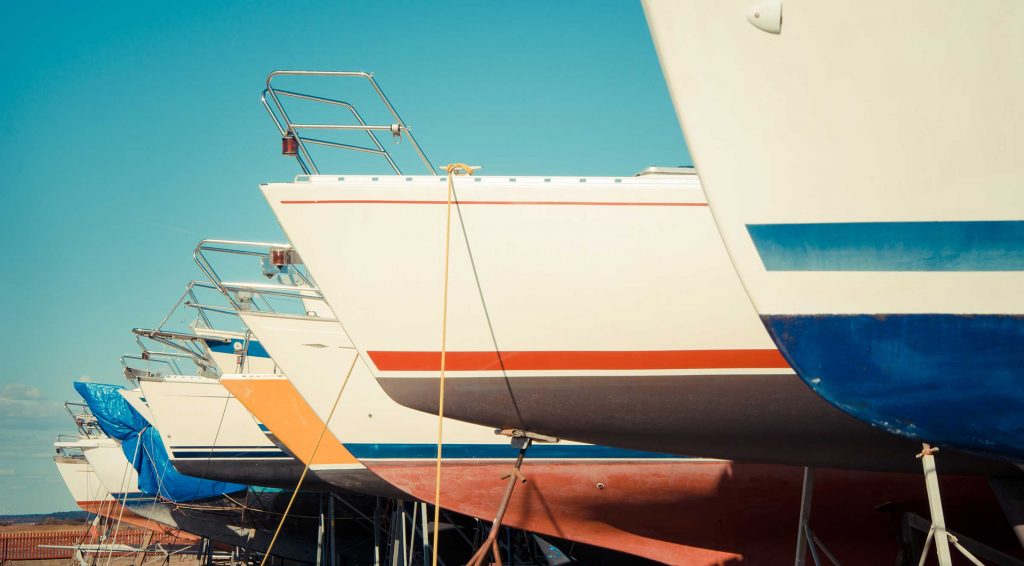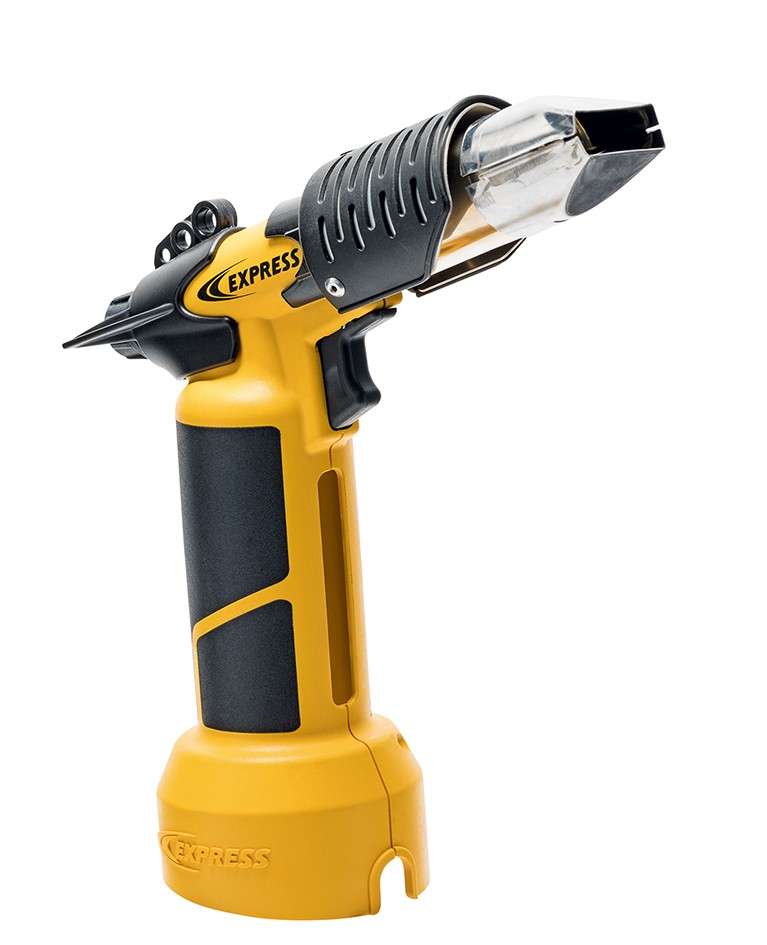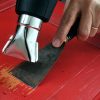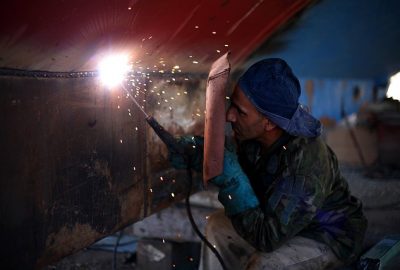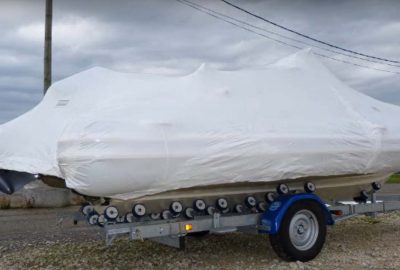Boat hull covering, sometimes called wrapping, consists of covering certain parts of the boat’s hull with a specific adhesive that acts as a paint. Contrary to what your intuition might tell you, the adhesive is very good with water and has exceptional resistance. It is almost impossible to tell the difference between paint and adhesive, as the material is so thin and hugs the hull. Moreover, wrapping has many advantages.
Protection of the boat’s hull, thanks to the covering
The wrapping adhesive protects the hull of the boat. It can be applied to a new boat, but is also used for renovation. You can restore shine to a tarnished shell over time, as well as hide scratches. Imperfections are sanded down, then smoothed with a filler, before being covered with adhesive.
Note that the wrapping is applied to all surfaces of the boat: on the hull, but also on the exposed parts, inside and outside, including on the windows.
Wrapping installation
The adhesive is made of a very thin polymeric vinyl film. Its flexibility allows it to perfectly fit the surface on which it is applied and to leave no unsightly bubbles. The strength of the adhesive is extreme.
The hull must be perfectly cleaned and degreased. Any dirt will leave a mark under the adhesive and any grease will interfere with its adhesion. The fitter uses a heat gun to cover curved parts and reliefs. It is not needed for the straight or slightly arched part of the hull.
The installer then makes cuts with a cutter to cut out a porthole, a vent, or any other part that needs to be opened up.
Personalisation of the decorations
The adhesive film has the advantage of being able to adapt to all decorations. You can find it in a wide range of colours and you can also have it printed if you want a specific Pantone or to apply gradients in your colours.
The cutout is also customisable. You can find standard strips and die-cuts, but you can also request a specific die-cut for a particular logo, motif, or lettering.
The covering is applied to all dimensions. Beyond a certain size, the installation is carried out in several parts, but the connections are extremely fine and are not visible.
Sustainability and renewal of wrapping
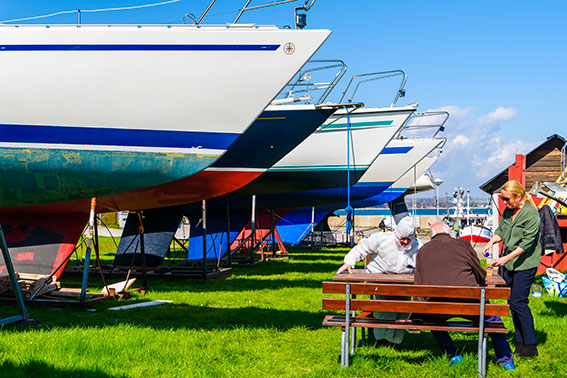 Wrapping lasts, on average, between 10 to 12 years. If you choose specific films, such as textured films, expect a shorter life span, with a maximum of 5 or 6 years.
Wrapping lasts, on average, between 10 to 12 years. If you choose specific films, such as textured films, expect a shorter life span, with a maximum of 5 or 6 years.
When your adhesive shows signs of weakness or when you want to renew your decoration, you can remove it. To do this, it must be heated slightly with a heat gun, which has the effect of deactivating the glue. You can then remove it, without risking scratching the hull with a tool such as a scraper.
You will then check that there are no glue spots left, before putting on a new decorative covering.
This is often done when selling the boat. It gives it a new lease of life and allows you to optimise the selling price.
A more economical method than painting
Wrapping is also less expensive than painting. You can expect to pay 20 to 40% less for the total service: manufacturing and labour for installation. The cost depends on the size of the boat, the complexity of the decorative covering and the quality of the adhesive.
This difference is explained by the low cost of the raw material, but also by the reduced installation time.

